History and Legends
With the discovery of its natural hot springs, Nasu flourished as a popular spa.
It subsequently developed as a hub city linking the province of Ōshū (a historical province that covered much of the Tohoku area) with the Imperial capital in Kyoto, as well as with Kamakura and Edo.
Since ancient times, Nasu has been a popular destination for visitors whose relationships with the area over the course of its long history have nurtured a unique hot spring culture and a variety of legends that survive today.
Perhaps the thoughts of the men and women who wove this history may reach out and whisper to you across the ages.
The Legend of the Nine-tailed Fox
and the Sesshō-seki ("Killing Stone")
At the southeastern foot of Mt. Chausu lies a barren patch of earth littered with rocks.
One dark boulder is draped with a shimenawa and shide, the hemp rope and hanging
paper streamers that signal a sacred space in Shinto tradition. This is the Sesshō-seki,
or "Killing Stone" —a foreboding site steeped in local legend.
In Japanese folklore, foxes are mystical animals able to take human form, and the
oldest, wisest, and most powerful foxes have nine tails. Long ago, a wicked golden
fox with nine tails took the guise of an elegant court lady. Calling herself Tamamo no
Mae, she served in the court of Retired Emperor Toba (1103–1156) and soon gained
his favor. When the Retired Emperor took ill, however, the fox’s identity was
revealed by a court diviner, and it escaped to Nasu. After a long battle, the emperor’s
troops killed the fox. Its body transformed into a boulder, but the fox’s malevolence
lived on: the boulder continued to exude an evil aura and noxious gases. Anything
that lingered near the rock died, and it was thus dubbed the Sesshō-seki ("Killing Stone")
Centuries later, the Buddhist monk Gennō (1329–1400) came to Nasu. Hoping to
break the spirit’s power, he struck the stone with a great hammer, shattering it into
three pieces. One flew to Fukushima Prefecture, another landed in Hiroshima, and the
final piece remained in place. Since then, a nighttime ritual called Gojinkasai has been
conducted on the last Sunday in May to appease the fox’s spirit. Torch-bearing
participants lead the way from Nasu Onsen Shrine to the Sesshō-seki ("Killing Stone"), where
drummers dressed in white with golden wigs and fox masks beat special taiko drums
(called “Nine-Tailed Taiko”) in front of a huge bonfire.
Science offers a partial explanation for the Sesshō-seki ("Killing Stone") legend. The boulder sits
beside one of Mt. Chausu’s volcanic vents, which emit sulfur dioxide and hydrogen
sulfide gases. Warmed by the escaping vapor, the ground around the boulder attracts
small animals—particularly in winter—and the poisonous fumes kill them in their
sleep. the haiku master Matsuo Bashō (1644–1694), who visited in 1689, mentions in
Oku no hosomichi (Narrow Road to the Deep North) that the dead butterflies and bees
were so thick on the ground around the boulder that one could not see the sand
beneath.
In 1957, the Sesshō-seki ("Killing Stone") was designated a Tochigi Prefecture Cultural Asset. The
tale of the nine-tailed fox appears in plays for the noh, kabuki, and puppet (jōruri)
theaters.


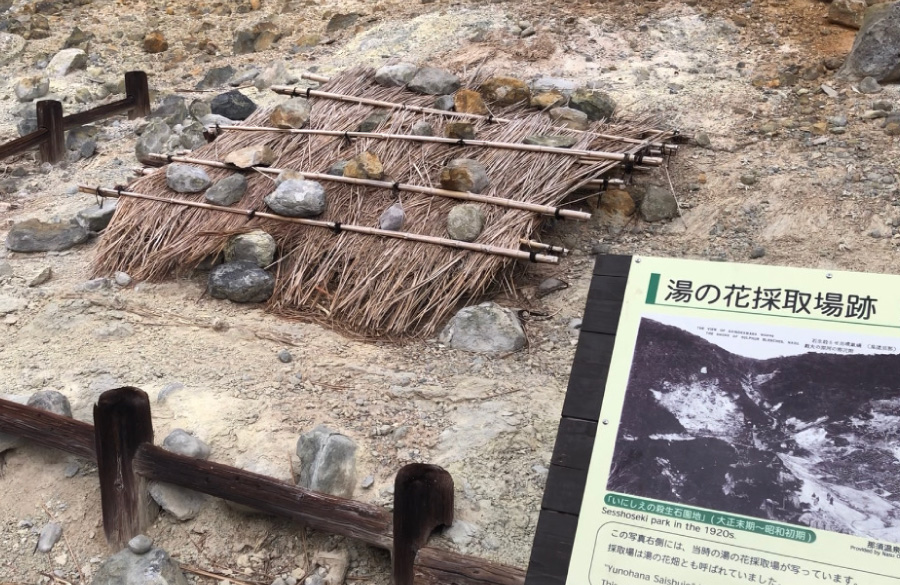
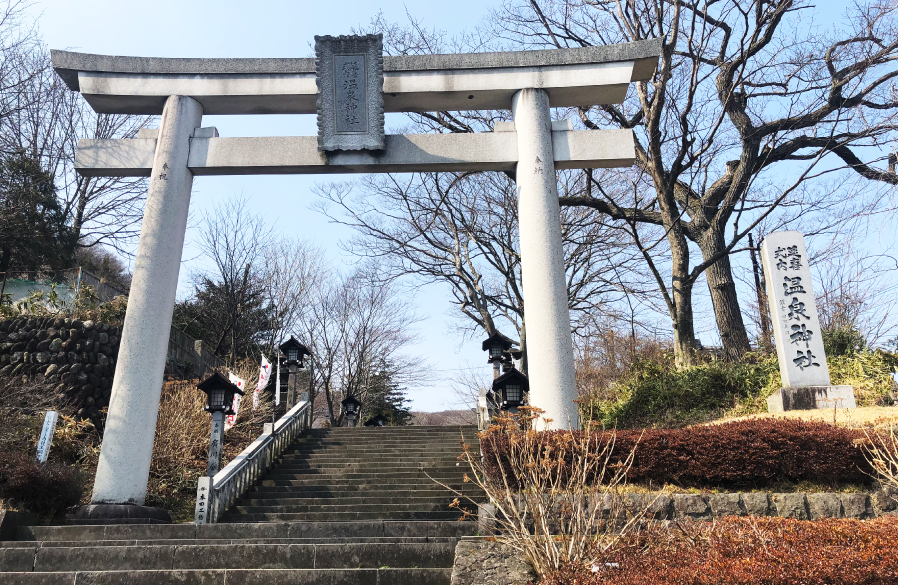
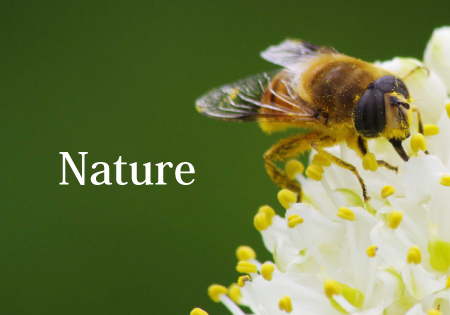 Highlighting the beautiful seasonal charms of the Nasu Mountain Range, with suggestions on activities to enjoy in the area
Highlighting the beautiful seasonal charms of the Nasu Mountain Range, with suggestions on activities to enjoy in the area
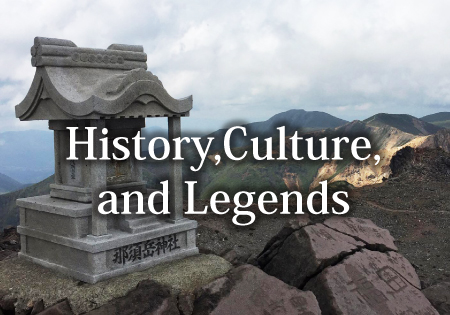 Featuring the local culture and hot springs with over 1,400 years of history, as well as the legend of the Sesshō-seki, or “Killing Stone”
Featuring the local culture and hot springs with over 1,400 years of history, as well as the legend of the Sesshō-seki, or “Killing Stone”
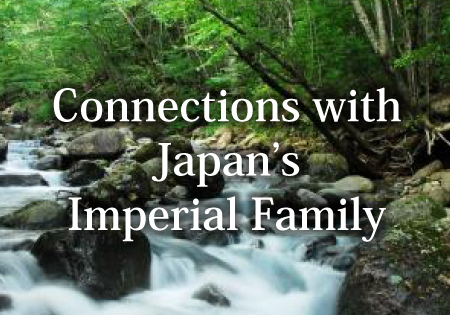 Nasukogen enjoys a deep relationship with the Imperial Family, and is home to an Imperial Villa that serves as their summer retreat.
Nasukogen enjoys a deep relationship with the Imperial Family, and is home to an Imperial Villa that serves as their summer retreat.